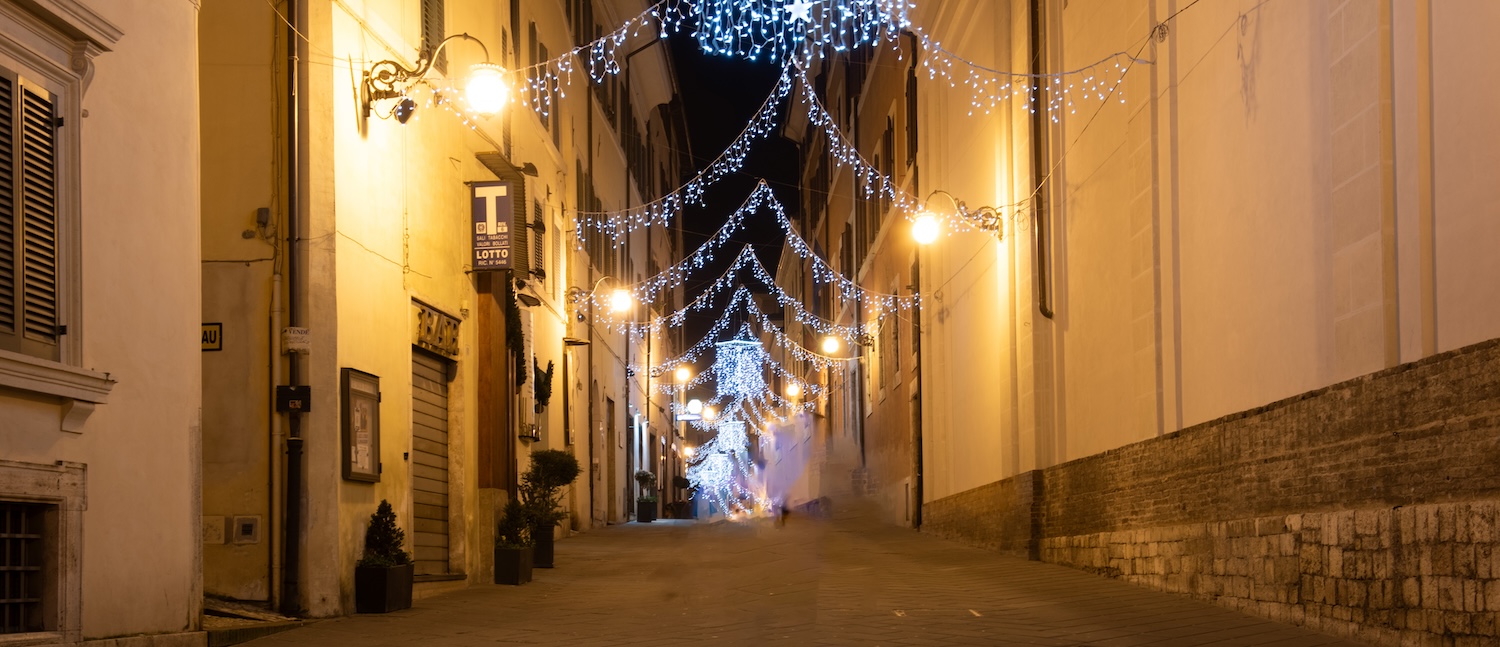What to know about Spoleto
Our Apartment is located in Corso Giuseppe Mazzini. One of the important things Corso Mazzini does it serves as a pivotal starting point for exploring the city, offering a blend of historical significance and modern charm. This broad pedestrian promenade, flanked by shops, hotels, and eateries, provides a glimpse into the city’s past while accommodating the contemporary lifestyle of its inhabitants.
Named after Giuseppe Mazzini, a prominent figure in Italy’s unification movement, the street embodies the spirit of progress and unity. Its creation in the 19th century aimed to enhance accessibility within the old town, reflecting a concerted effort to adapt to changing times while preserving the city’s heritage.
Unlike the winding, narrow streets characteristic of many old towns, Corso Giuseppe Mazzini stands out with its expansive layout and straight trajectory. This architectural departure offers a unique perspective on urban planning and development.
Strolling along Corso Giuseppe Mazzini provides an immersive experience in local culture, especially during the evening passeggiata, when residents engage in leisurely walks, socializing, and shopping. The street’s vibrant atmosphere and diverse offerings make it a favorite destination for both locals and visitors alike.
Moreover, Corso Giuseppe Mazzini serves as a gateway to historical treasures, such as the archaeological museum housing extensive Roman remains, including a well-preserved ancient theater dating back to the first century BC. This convergence of past and present makes Corso Giuseppe Mazzini a must-visit destination for anyone exploring the city’s rich tapestry of history and culture.

Spoleto is a historic town in the Umbria region of central Italy, with a rich and varied history that spans from ancient times to the present day. Here are some highlights of Spoleto’s history:
Spoleto was originally an Umbrian settlement, then became a Roman colony in 241 BC. It resisted an attack by Hannibal during the Second Punic War and prospered under the Roman Empire. You can still see some Roman ruins in the town, such as the theater, the arch of Drusus, and the bridge of Sanguinario
Spoleto became the capital of an independent Lombard duchy in the 6th century AD, and expanded its territory and influence over central Italy. The duchy lasted until the late 8th century, when it was annexed by the Frankish king Charlemagne
Spoleto was part of the Papal States from the 13th to the 19th century, with some periods of autonomy and conflict. It was a cultural and artistic center, with many churches, palaces, and monuments built in the medieval and Renaissance periods. The cathedral, the fortress, and the aqueduct are some of the most impressive examples
Spoleto became part of the Kingdom of Italy in 1860, after the unification of Italy. It suffered some damage during World War II, but was restored and preserved. Since 1958, it has hosted the annual Festival of Two Worlds, a prestigious event that showcases music, theater, and art from different cultures
Spoleto is a fascinating place to visit, with a lot of history and charm to discover. I hope you enjoyed this brief overview of Spoleto’s history.
Italy
Spoleto Capital of Italy
The history of Spoleto is rich and tumultuous, marked by periods of independence, conquest, and shifting allegiances. Under the Lombards, Spoleto rose to prominence as the capital of the independent Duchy of Spoleto in 570 AD. The dukes of Spoleto wielded significant influence over central Italy, exerting control over a considerable territory.
However, Spoleto faced various challenges throughout its history. In 801 AD, the city was devastated by a powerful earthquake, which inflicted widespread damage. Despite this setback, Spoleto continued to play a significant role in the region.
During the late 9th century, some of Spoleto’s dukes ascended to become emperors of the Holy Roman Empire, further enhancing the city’s prestige and power. However, this period of prosperity was often punctuated by conflicts and struggles for dominance.
In the 12th century, Spoleto suffered destruction at the hands of Frederick Barbarossa, the Holy Roman Emperor. This event dealt a severe blow to the city’s fortunes, but Spoleto persevered, albeit with diminished influence.
Subsequently, Spoleto became part of the territory bequeathed to Pope Gregory VII by Countess Matilda of Tuscany, yet it struggled to maintain its independence amid the shifting political landscape of medieval Italy.
In 1213, Spoleto was definitively occupied by Pope Gregory IX, bringing it firmly under papal control. However, the city remained a battleground for conflicting factions, including the Guelphs and Ghibellines, during periods of papal absence and instability.
Finally, in 1354, Cardinal Albornoz succeeded in restoring Spoleto to the authority of the Papal States, solidifying papal control over the city.
Throughout its history, Spoleto’s fortunes ebbed and flowed, reflecting the complex interplay of political, social, and religious forces that shaped medieval Italy. Today, Spoleto stands as a testament to its storied past, with its historic landmarks and cultural heritage attracting visitors from around the world.
